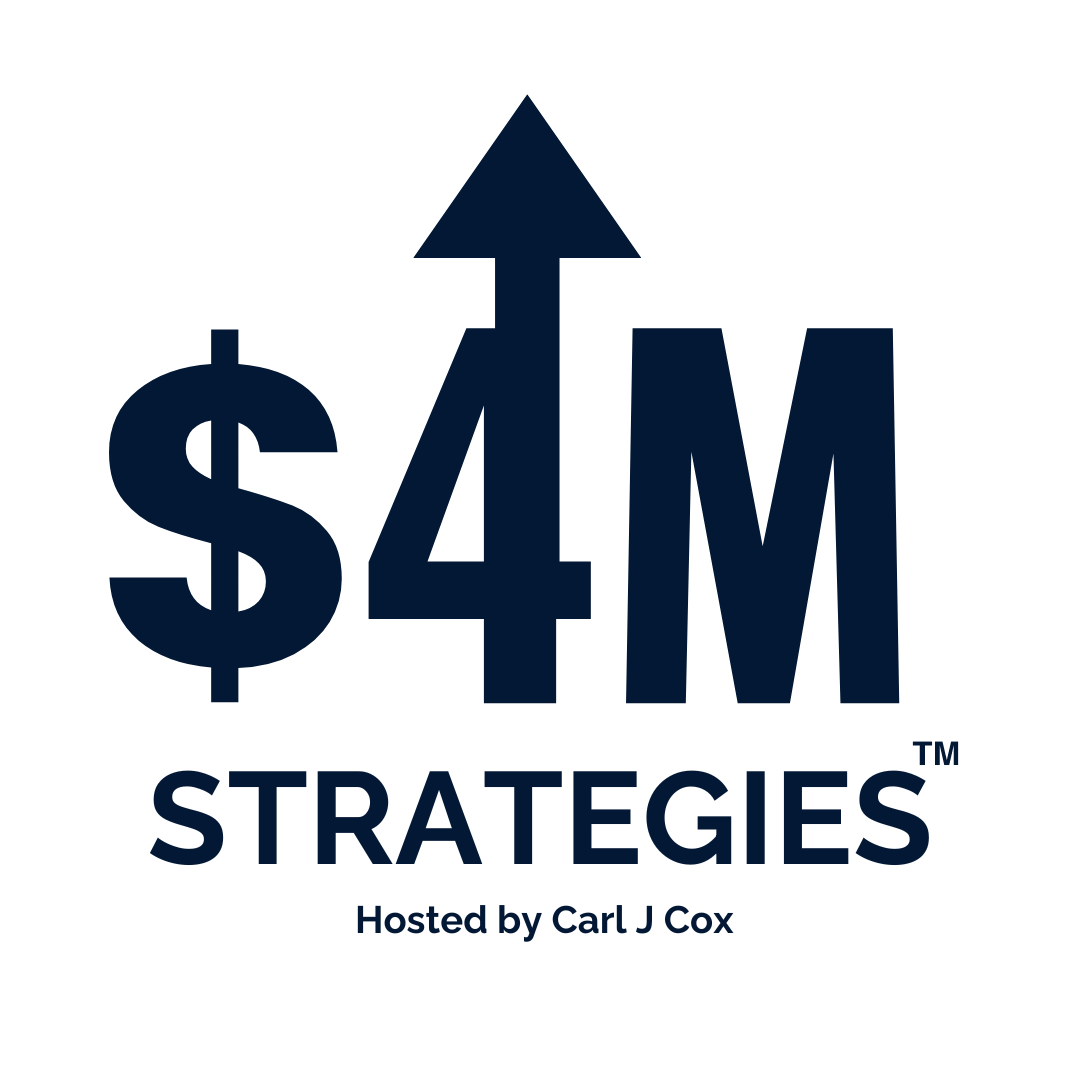
(Picture: Strategic Retreat – Lake Tahoe)
Strategic Retreat: How Not to Disappoint Your Leadership Team
You leave the strategic retreat with such promise and excitement. You aim to reach a new destination that has inspired your leadership team, employees, and shareholders. This time is different, you say to yourself, we are going to change the way “how” we do business. But, when you return to the office, your email inbox has piled up, customers are demanding orders, your suppliers are not meeting expectations, and there is a line of employees, waiting to get their questions answered. Maybe next year, you say to yourself.
This is the trap that most entrepreneurs and CEOs for small to medium-sized businesses run into. They have the desire to change; but BUSYNESS and old habits keep us where we are at. This is why only 2% of leaders are confident in their ability to accomplish at least 80% of their plan.
And this is one of the key reasons why I started 40 Strategy. Instead, invest 2% of your time with us, and we will create the execution plan and accountability to exceed the expectations for your leadership team, employees, shareholders, and yourself. You can achieve the goals from your strategic retreat.
Executing Strategic Plans: The Blueprint to Accelerate Business Value
In business strategy, execution is just as critical as the planning phase. At 40 Strategy, we emphasize the importance of not just crafting a visionary strategic plan, but also ensuring its successful implementation. This approach is central to our methodology, designed to expedite your journey towards your goals and enhance the overall value of your business. Here are the practical steps that transform strategic plans from paper to reality, focusing on the execution phase. This is crucial for reaching your desired destination more swiftly and increasing your business’s value.
Establishing a Start Date and Defining Responsibilities
One seemingly simple yet often overlooked step is setting a start date for each strategic initiative. This acts as a catalyst, transitioning plans from the abstract to the actionable. Additionally, assigning a Directly Responsible Individual (DRI) to oversee each initiative ensures accountability and clarity. Borrowing from Apple’s playbook, the DRI concept underscores the importance of having a singular point of accountability. This is true, even within team-driven projects.
Breaking Down Actions and Implementing Strategy Sprints
To further operationalize strategy, we advocate for breaking down actions into manageable segments. Adopting leading indicators as a tracking mechanism, we favor a more granular approach than traditional quarterly reviews. This method involves dividing the quarter into ten-week strategy sprints, enabling more frequent assessments and adjustments. Each week is dedicated to specific actions, with clear responsibilities outlined for both the supervisor and the team member tasked with execution.
Weekly Accountability and Sprint Adjustments
These weekly sprints foster a culture of accountability and continuous progress. By evaluating achievements and obstacles at the end of each week, teams can stay aligned and responsive to challenges. This iterative process allows for real-time learning and adjustments, contrasting sharply with the all-too-common last-minute scrambles associated with quarterly objectives.
Maintaining Focus and Overcoming Setbacks
In the face of inevitable distractions and setbacks, maintaining focus on the agreed-upon sprints is crucial. Empathy for missed targets is balanced with the expectation of catching up in subsequent sprints, ensuring that progress is not derailed. Celebrating successes and learning from missteps are integral parts of this process, promoting a culture of improvement and resilience.
Timing and Planning for Success
Strategic timing of sprints to avoid conflict with holidays or major events ensures that the team can dedicate the necessary time and resources to each initiative. This scheduling is designed to optimize productivity and focus, contributing to the overall success of the strategy.
The Outcome: Enhanced Execution and Competitive Advantage
By integrating these principles—setting clear visions, assigning DRIs, breaking down actions, and implementing strategy sprints—into the fabric of your strategic planning and execution process, your organization is poised to not only reach its goals more efficiently but also to secure a competitive edge in your industry. These principles, which constitute the 5th, 6th, and 7th pillars of our methodology, are detailed in my book, Lost at CEO, An Entrepreneur’s Guide to Strategy, and form the foundation of our strategy facilitation services at 40 Strategy.
The transition from strategic planning to execution is critical in any business’s journey towards success. By adhering to a structured, accountable, and flexible approach, businesses can navigate this transition effectively, ensuring that strategic plans are not just visionary documents but actionable roadmaps that drive value creation and competitive advantage.
Using these principles, with help, you change who you are today, to the promised destination that was established in your strategic retreat. Your leadership will be an inspiration to your team, employees, and shareholders. Well worth the 2% of your focused energy.
To learn about which of the 40 Strategies that you should focus on to increase the value of your business, start our Business Value Assessment today.
Measure Success Podcast
Ian Peterman | Conscious Design: Sustainability & Innovation
Ian Peterman explains to us the way for conscious design thinking and tells us about his book Beat Burnout – Ignite Performance, his podcast and his public appearances. His methods for prioritizing restorative, sustainable, and inclusive values to build a legacy of positive impact for his client’s brands has offered an exciting and rewarding approach to the future of good business. He founded the Peterman Design Firm, which helps its clients commercialize sustainable and inclusive products and brands, and consults brands who want to create positive impact.
Elliot & Dom Chapman | Brothers in Business: Scaling Success Together
Elliot Chapman & Dom Chapman, Co-Founders of Chapman Capital. As two brothers, they share what it’s like to acquire and sell businesses, grow world-leading agencies, and invest in exciting teams worldwide.
Social Chaps was born out of the frustration of trying to find good marketing agencies in the B2B space. Both co-founders, also brothers, have been running their own B2B businesses for the last 5 years from startups, to management consultancies.
Their issue, was finding a partner who understood the B2B space and understood what it meant to market their products and services. They decided to roll their sleeves up and take matters into their own hands. After 3 successful years of extensive growth, they decided that the systems & processes they put into place are replicable across all types of B2B businesses. This is where Social Chaps was born.
Speak On Podcasts is a leading podcast booking agency for B2B companies. They have refined the process of podcast booking at scale in a world where trust, reputation, and thought leadership have become critical to B2B success.
We want your feedback on our Saturday for Strategy Blog. Scan this QR code to help us improve!





